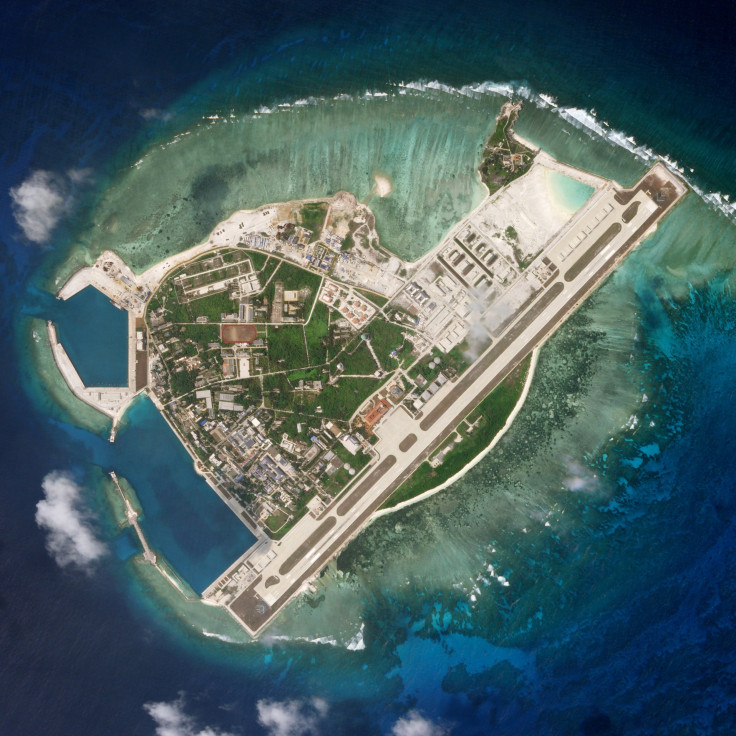South China Sea: Chinese Missiles Reappear After Disappearing From Woody Island

Days after Israeli intelligence firm ImageSat International (ISI) provided satellite images showing evidence of Chinese missile systems being removed from one of the disputed islands of South China Sea, latest pictures released by the organization suggested the missile launchers had reappeared in the area.
The reappearance of the missile systems on Woody Island — also known as the Yongxing Island in China — which is a part of the Paracel island chain, confirmed the earlier prediction made by experts following the images released June 6, showing great expanse of sandy land where the missiles used to be situated. At the time, the experts were skeptical in believing China had gotten rid of the surface-to-air missile systems permanently.
“Due to the corrosive effects of salt and humidity in the islands, HQ-9 missile systems must be removed and sent back to the mainland for maintenance periodically,” said Timothy Heath, a senior defense analyst at Rand Corporation, CNN reported.
#Breaking: #ImageSat reveals the #first evidence for the disapearance of the SAM systems deployment from Woody Island, what can be caused by a #Chinese deliberate decision of folding it due to row with #US, a redeployment or a practice. What would Lt. Gen. He Lei say? #SLD18 pic.twitter.com/KcwLoB5atp
— ImageSat Intl. (@ImageSatIntl) June 5, 2018
Based on the images, even ISI’s defense analysts said at the time there was a distinct possibility the systems were removed as part of a drill or simply relocated to a different island.
“On the other hand, it may be a regular practice,” ISI said. “If so, within the next few days we may observe a redeployment in the same area.”
The images released by ISI show before and after pictures of Woody Island. According to the pictures, a portion of the island, which showed evidence of missile systems May 20, appeared bare and with no traces of those systems June 3. The systems again reappeared “exactly to the positions they were” in the images captured June 8.
#ImageSat was the first to report (3rd June 2018) the disapearance of the SAM systems deployment from #Woody Island. Here's an updated #imagery #intelligence #report, which reveals for the first time their reapearance in the same disputed South #China Sea island. pic.twitter.com/siOEuHXZ5y
— ImageSat Intl. (@ImageSatIntl) June 11, 2018
The mysterious disappearance and reappearance of the missile systems come at a time when tensions are running high between China and the United States, especially after the latter sent two nuclear-capable B-52 bombers to fly over the disputed Spratly Islands last week.
There were also unconfirmed reports of the Pentagon planning to send warships to Taiwan as well as increase military patrols in the South China Sea to counter those of Chinese troops. Washington also reportedly reached out to its allies such as the Great Britain and France to urge them to step up their naval and military activity in the area.
China has responded to growing criticism from international superpowers by militarizing an array of islands in the South China Sea — areas which have ongoing overlapping claims from Vietnam, the Philippines and Taiwan, among others.
In a news briefing June 6, Chinese Foreign Ministry spokeswoman Hua Chunying said her nation holds the U.S. responsible for their need to escalate military activities in the disputed areas.
“Isn't it militarization when you send attacking weapons like the B-52 bombers to the South China Sea? ... If someone frequently flexes his muscles or snoops around near your house, shouldn't you raise your alertness and improve your defense capabilities?” she said.
© Copyright IBTimes 2024. All rights reserved.












